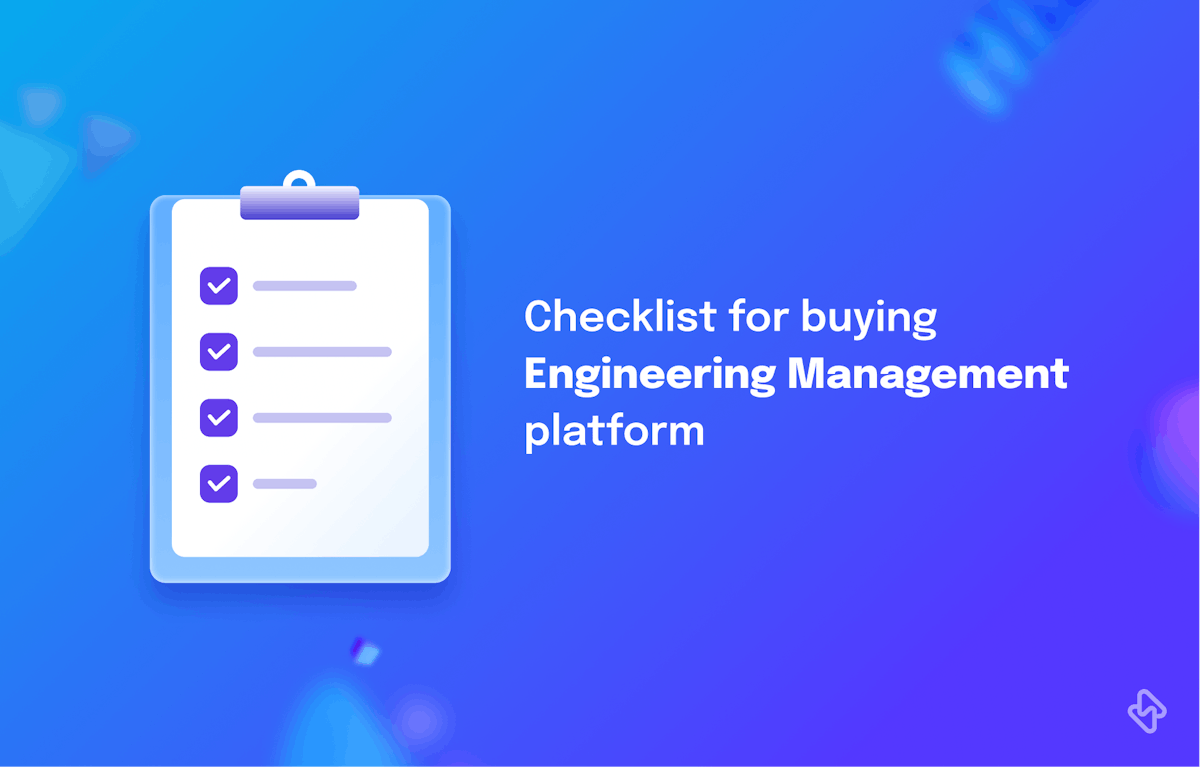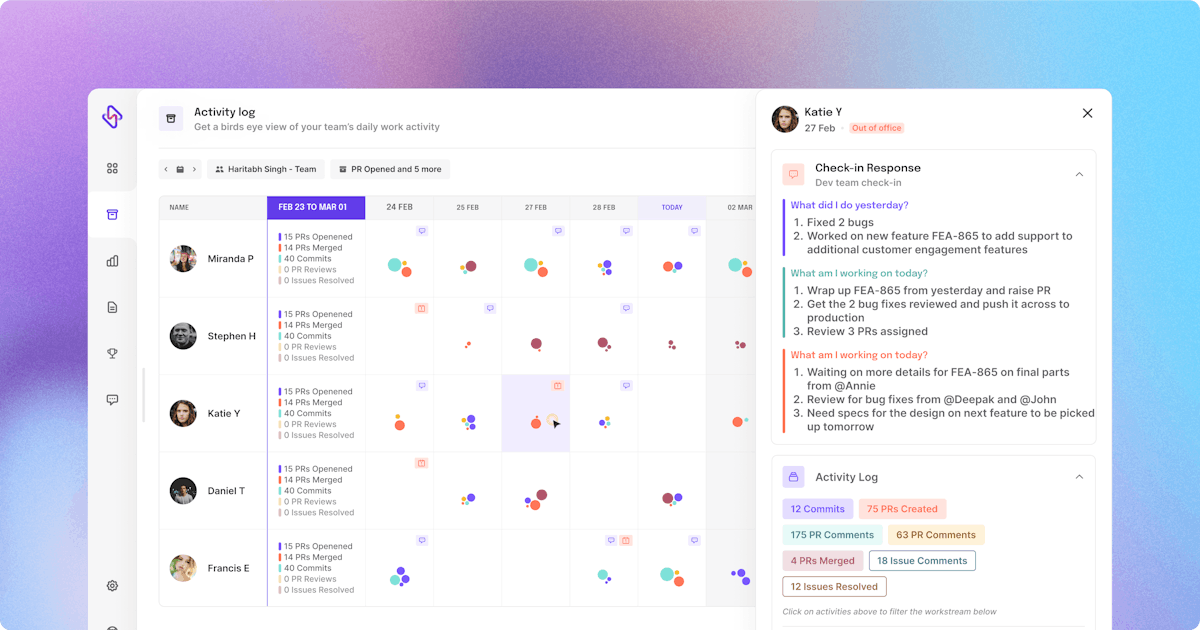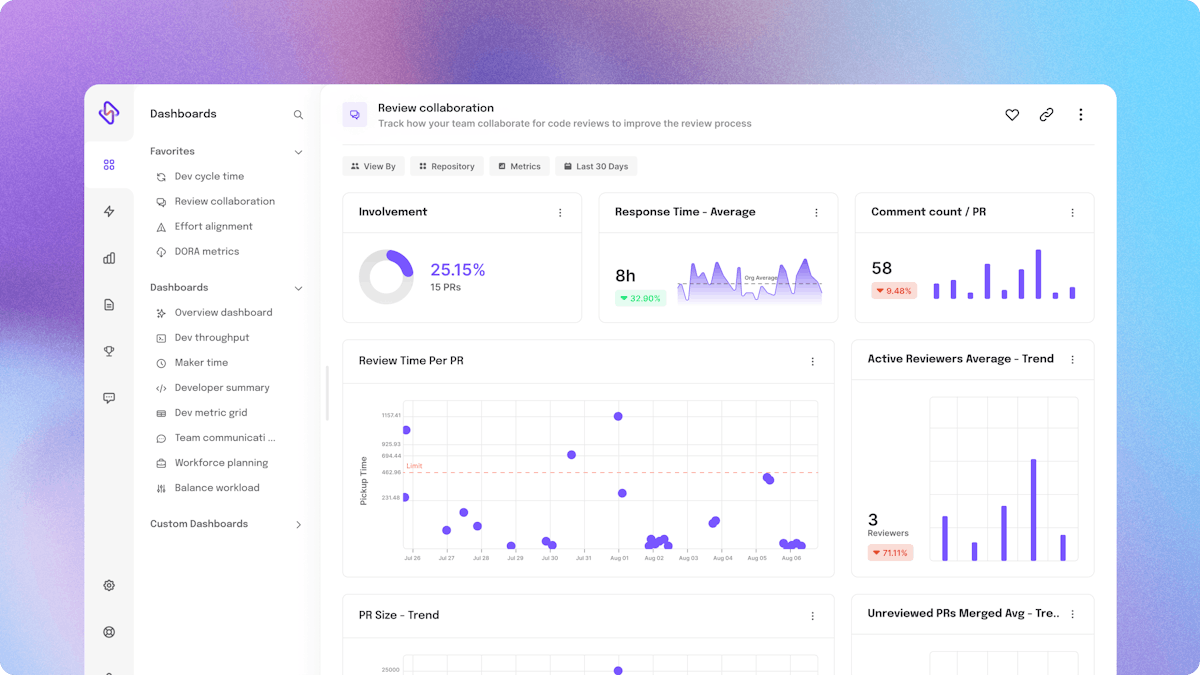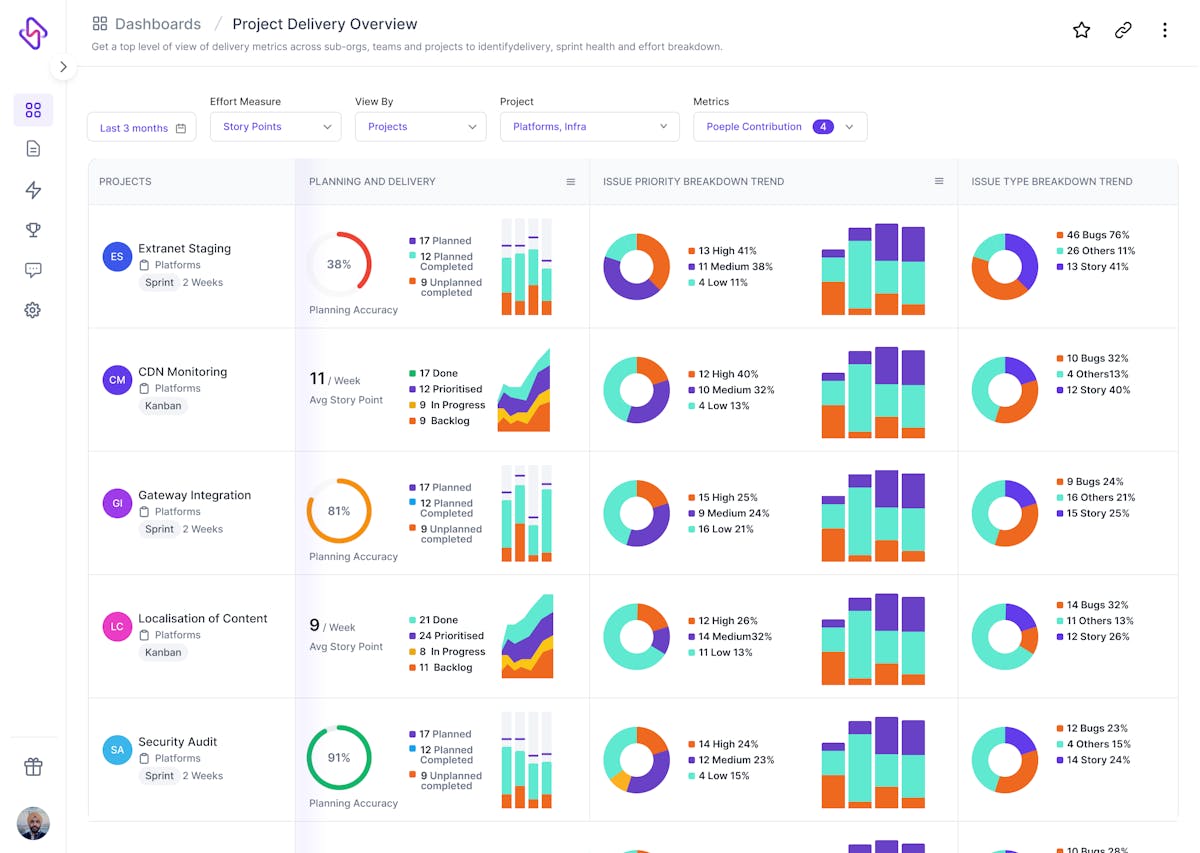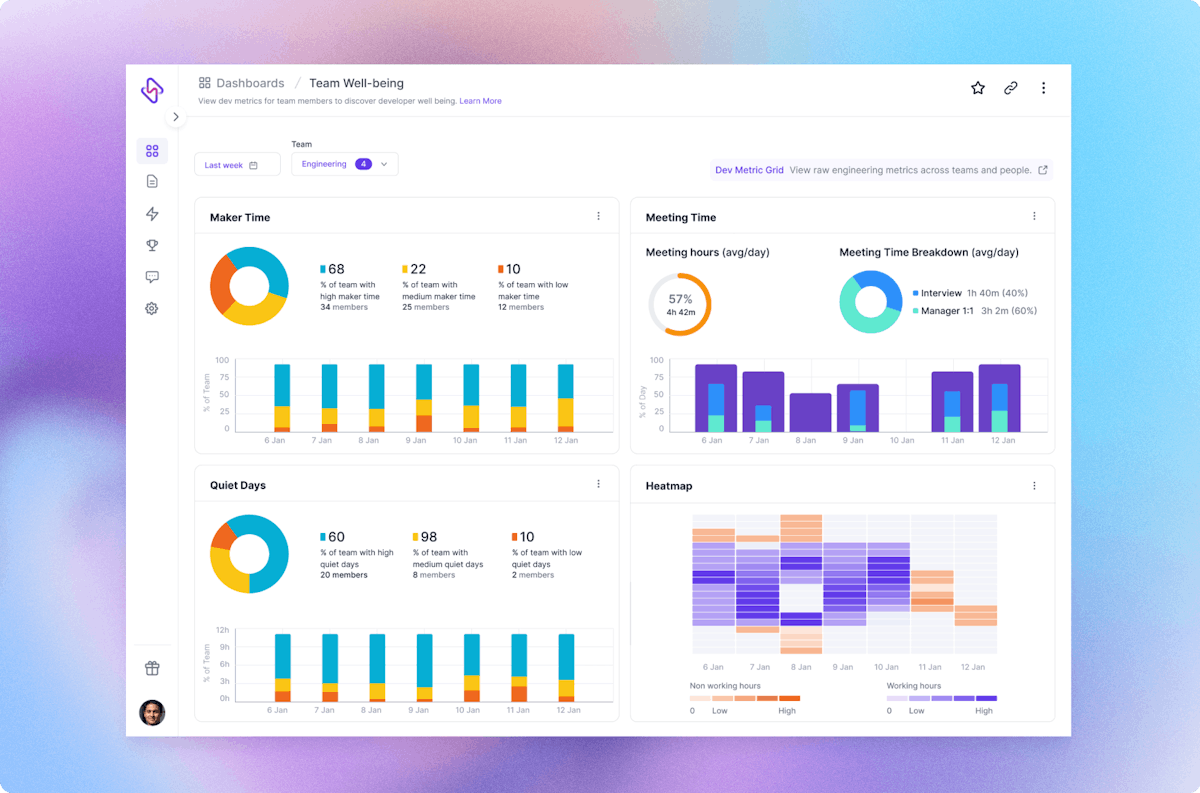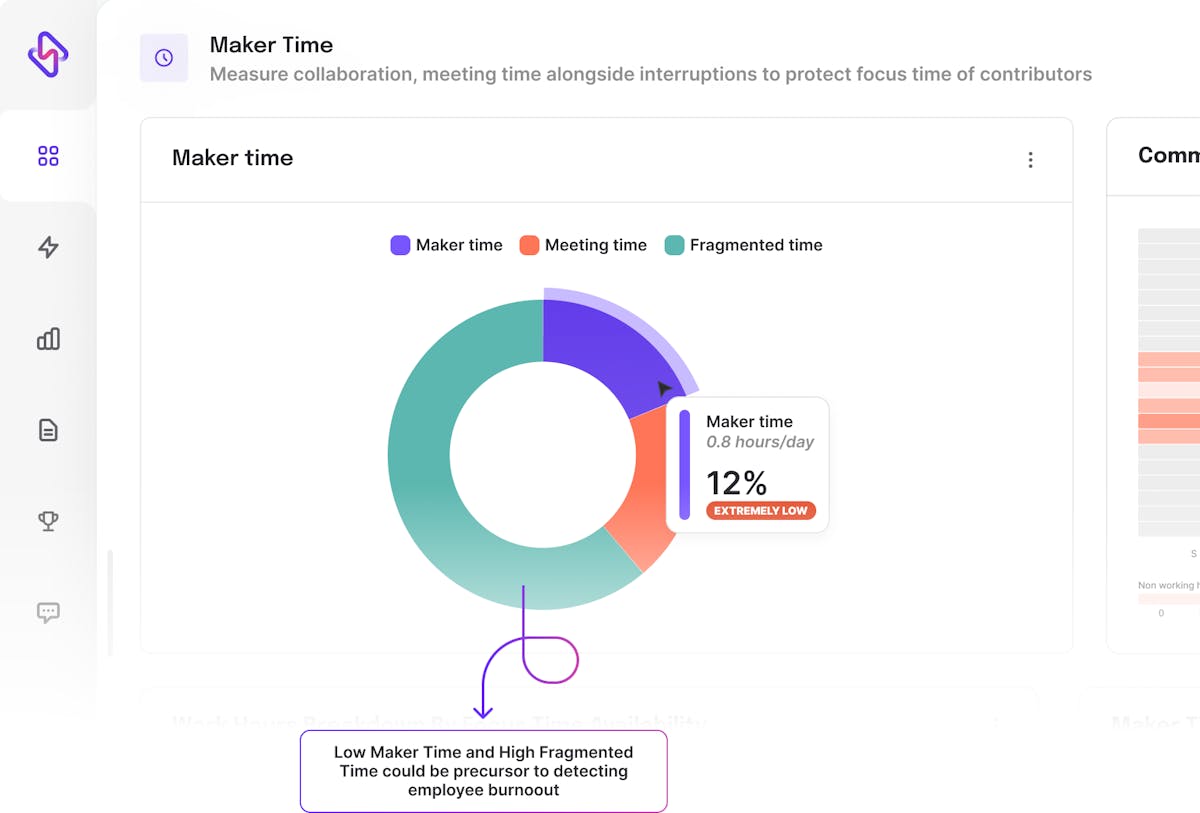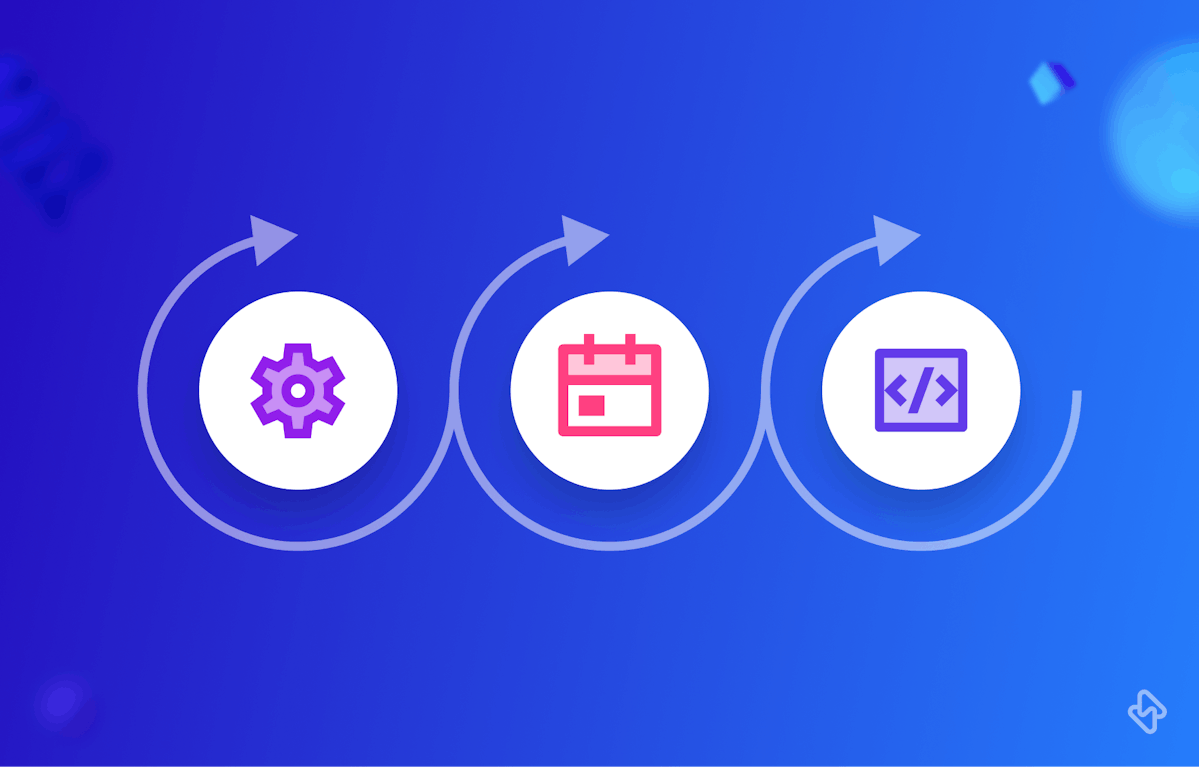Just like Uncle Ben purposely told Peter- With great power comes great responsibility 🚀; global engineering leaders today find themselves facing a similar truth.
As the leadership is under constant pressure to deliver at scale, move faster, and surpass competitors; they need specific tools to strategically organize their developmental efforts. While it is easier to align Sales, and Marketing teams with business goals through Salesforce, or HubSpot; engineering teams, until recently, lack a comprehensive platform to analyze, and optimize the software pipeline.
An engineering management platform (EMP) revolutionizes the way engineering teams work, function, and deliver. It bridges the gap between business expectations, and engineering operations, uses analytics to rationalize workflows, and drives engineering success.
Engineering management platforms are a long-term, and one-time investment. However, finding the right EMP can be really chaotic, and add undue pressure on engineering leaders without the right guidance.
A Checklist For Buying Engineering Management Platform
To make it easier for engineering leaders, here’s a buyer’s guide to consider when assessing an engineering management platform:
1. End to End Workflow Visibility
As work becomes more distributed, the most tormenting question every engineering leader ever encounters is- How do we get visibility when our teams are working remotely?
Work visibility allows teams to understand developmental bottlenecks, emulate success patterns, and undergo continuous improvements. Visibility even snowballs into a high-morale team, where ICs are empowered, productive, aligned, and have enough room for product innovation.
Your choice of engineering management platform should integrate with an engineering team’s digital toolstack to collate contextual data points, and drive actionable insights out of it. Moreover, the right EMP should facilitate visibility into not just engineering operations, but also takes care of the “people” side of things.


